Coal Memories; A Vintage Buckhannon Exclusive Presented by Mountaineer News
- Mountaineer News

- Mar 14, 2023
- 2 min read
March 14, 2023
Mountaineer News
Vintage Buckhannon
This week, it's another DOUBLE-SHOT exclusive straight out of the Vintage Buckhannon Vault.
PHOTO:
Red Rock Fuel Co., 1907

This Law's Bookstore postcard image from 1907 shows the Red Rock Fuel Co. coal tipple in Buckhannon, WV.
The Red Rock Fuel Company was a coal mining company that operated in Buckhannon, West Virginia in the early 1900s. The company was established in 1904, and by 1910, it had opened several mines in the area. The company's main product was bituminous coal, which was in high demand for use in industrial processes, particularly for steel production.
The company was known for its use of innovative mining methods, such as the use of conveyor belts to transport coal from the mines to the surface. However, working conditions for miners were often difficult and dangerous, with frequent accidents and a high risk of lung disease from inhaling coal dust.
Red Rock Fuel Company continued to operate throughout the early 1900s, but by the 1930s, the demand for coal had declined, and the company was forced to shut down its operations. Today, the Red Rock Fuel Company is remembered as an important part of West Virginia's coal mining history.
ARTIFACT:
H.A. & O.L. Casto Coal Scrip Token, Early 1900s

This is an extremely rare coal scrip token from H.A. & O.L. Casto, Buckhannon, WV - Upshur County. Notice the misspelling on the obverse (Buchannon).
H.A. & O.L. Casto was a coal company in West Virginia that operated in the early 1900s. Like many other coal companies of the time (including Red Rock Fuel Co.), H.A. & O.L. Casto issued their own form of currency in the form of coal scrip.
Coal scrip was used as a means of payment for miners to purchase goods and services in company-owned towns where traditional currency was often scarce, and would include their name, town of operation, and denomination printed on them.
Using coal scrip had positive and negative effects on the mining communities. On one hand, it provided a means of exchange for goods and services that were not otherwise available in remote areas. On the other hand, it created a system of debt for miners who relied on it as credit, as they were often paid in scrip instead of traditional currency.


Revisit us here every Tuesday to see new additions as we continue to build this virtual online pictorial for our community featuring the landmarks, people and relics of Upshur County's bygone days.
*Updated March 14, 2023 | Next Update - March 21, 2023





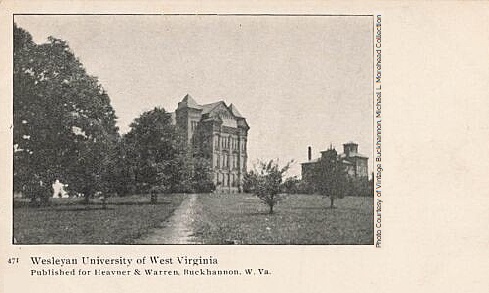
















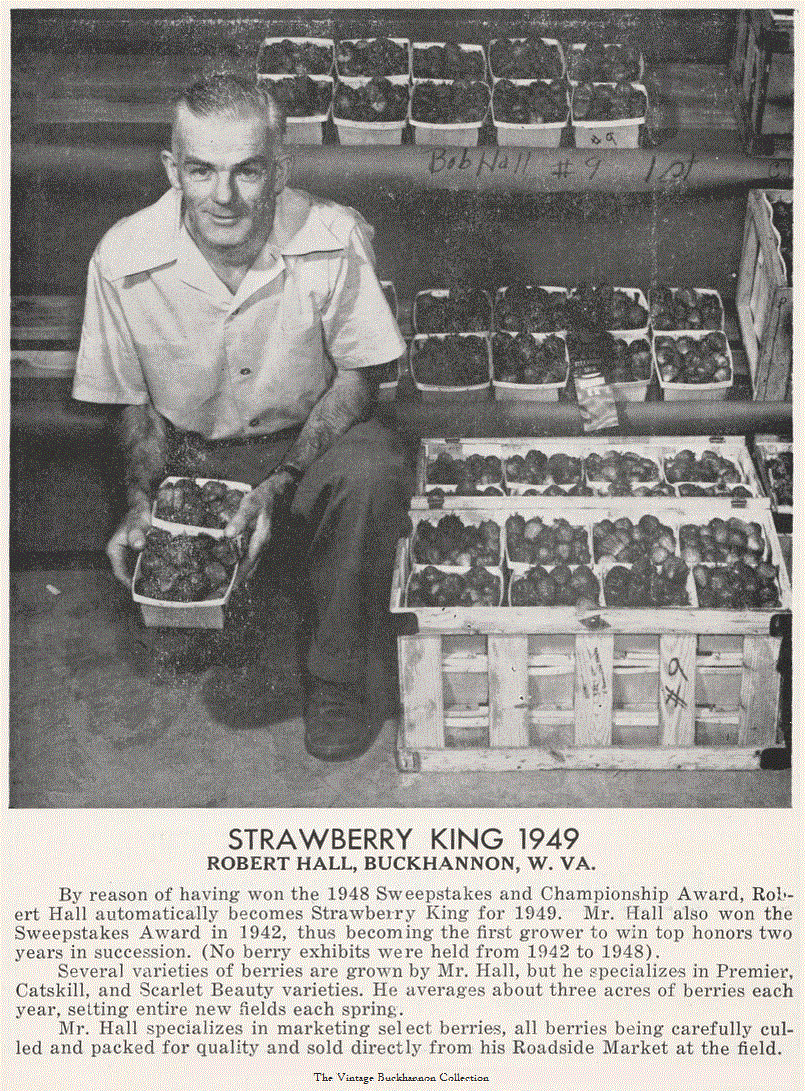



















































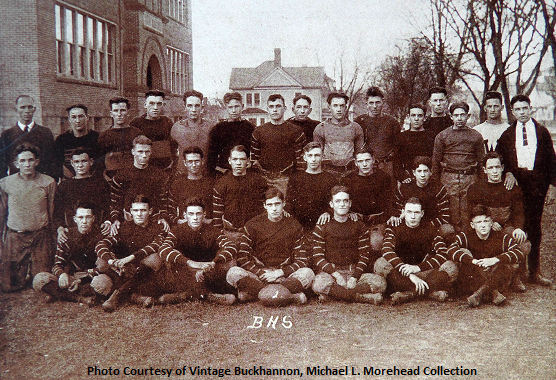







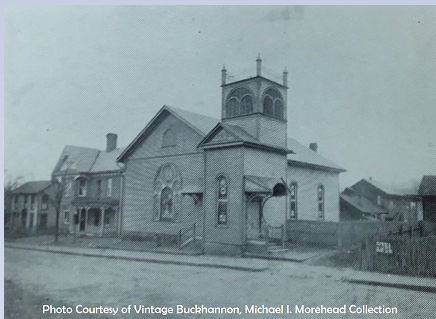

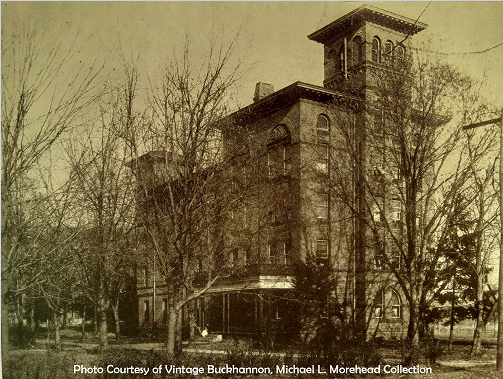











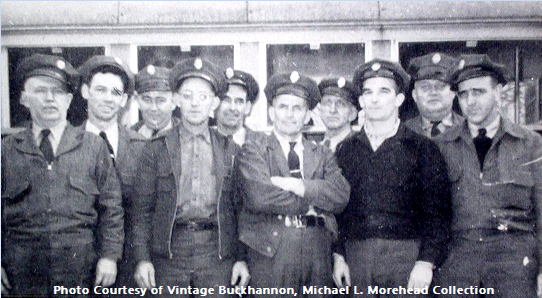

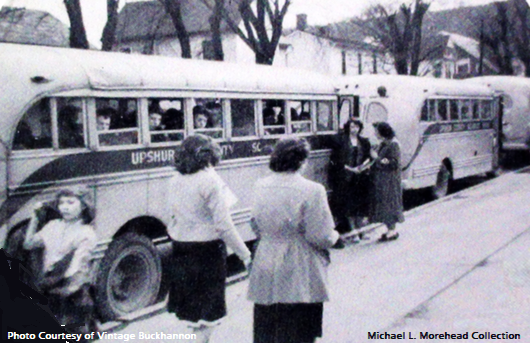

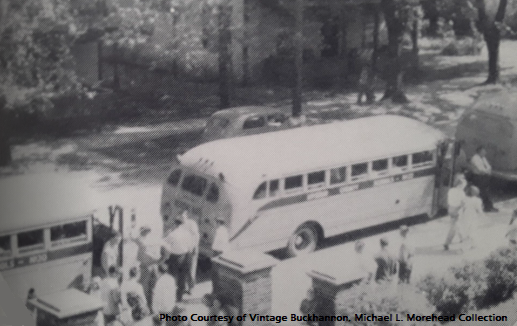











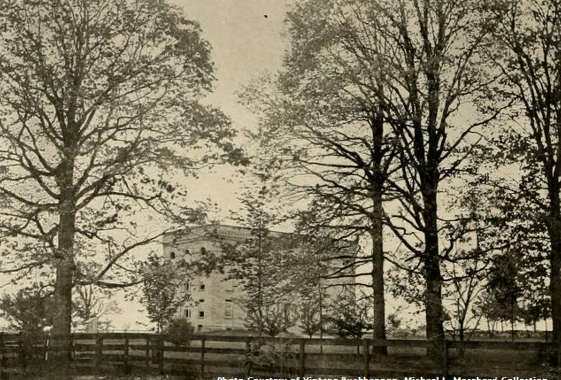











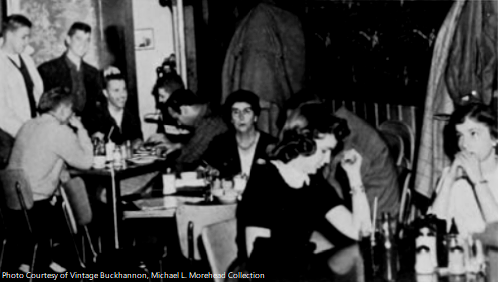

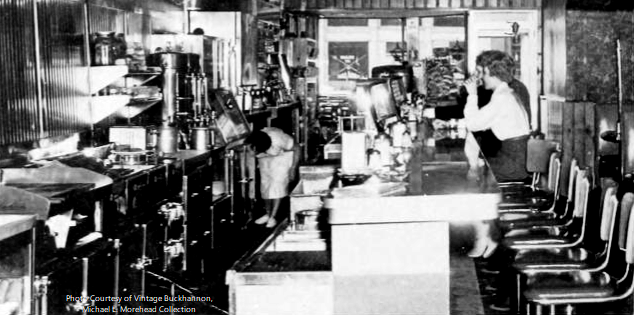





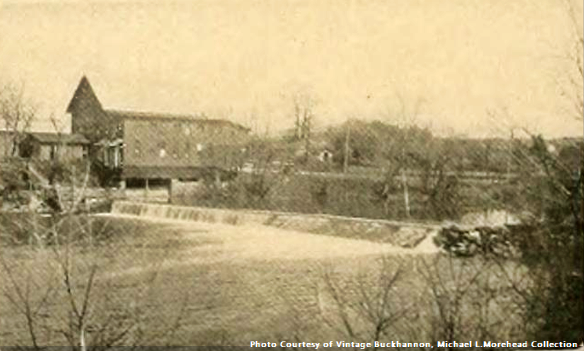





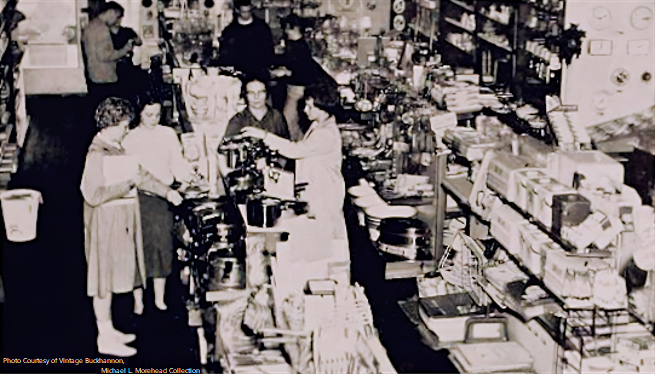















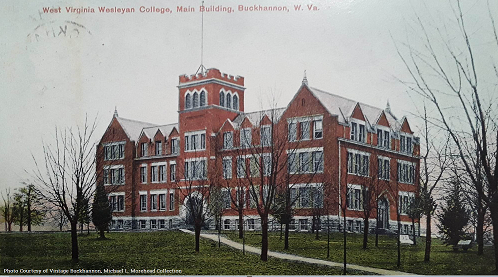



















Comments